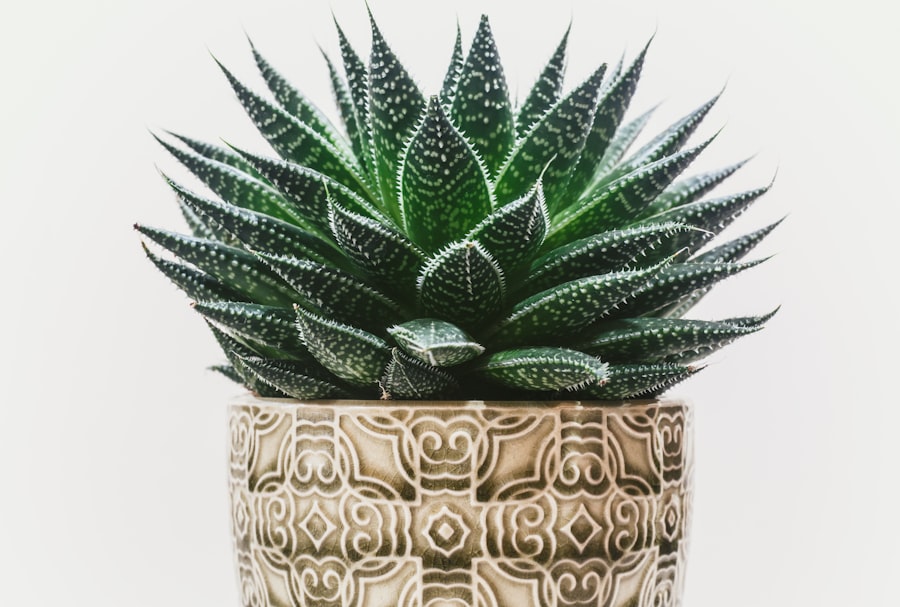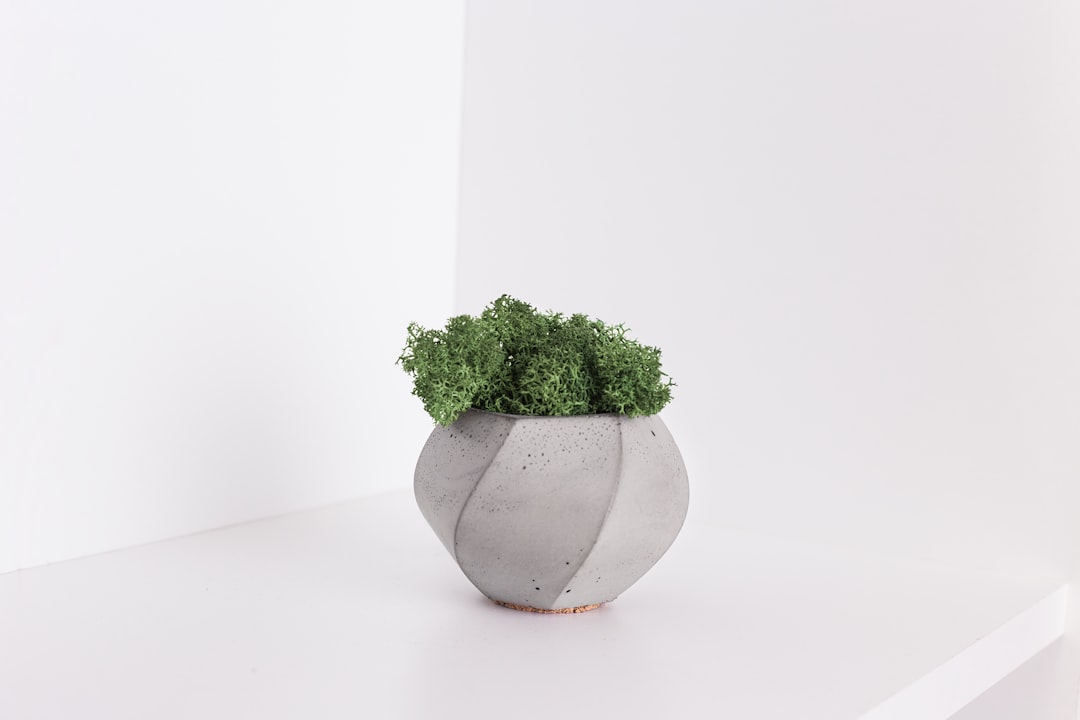Traveling with plants can be a rewarding experience, especially for those who wish to bring a piece of their home or a cherished botanical specimen along on their journey. However, it is crucial to understand the Transportation Security Administration (TSA) guidelines that govern the transport of plants on commercial flights. The TSA has specific regulations in place to ensure the safety of passengers and the integrity of the airline’s operations.
Generally, the TSA allows passengers to carry plants in their carry-on luggage, but there are restrictions based on the type of plant and its size. Certain plants may be prohibited due to their potential to harbor pests or diseases that could threaten agriculture and ecosystems. For instance, fruits and vegetables are often subject to stricter regulations, as they can carry pests that are harmful to crops.
Additionally, some states have their own regulations regarding the importation of plants, which can further complicate matters. Therefore, it is essential for travelers to check both TSA guidelines and state-specific regulations before attempting to fly with plants. This ensures compliance and helps avoid any potential confiscation at security checkpoints.
Key Takeaways
- TSA guidelines allow for both checked and carry-on plants, but it’s important to be aware of specific regulations and restrictions.
- When choosing plants for air travel, opt for sturdy, compact plants that can withstand the stress of being transported.
- Properly packing plants for a flight involves securing the soil, protecting delicate foliage, and ensuring adequate ventilation.
- Checking plants as baggage may subject them to rough handling, while carrying them onboard allows for better control over their well-being.
- Navigating international plant import/export regulations requires thorough research and compliance with each country’s specific requirements.
Choosing the Right Plants for Air Travel
Hardy Plants for Air Travel
For instance, succulents and cacti are often recommended because they can handle changes in temperature and require less water. They can also survive for periods without it, which makes them perfect for a flight.
Delicate Plants to Avoid
On the other hand, delicate plants like ferns or tropical varieties may struggle during the journey. They often need specific humidity levels and can be easily damaged by being jostled or temperature changes.
Size and Practicality Matter
It is also wise to think about the size of the plant; smaller plants are generally easier to transport, and less likely to attract attention from security personnel. In the end, choosing the right plant involves balancing personal preference with practical considerations regarding the plant’s health and safety during travel.
Packing Plants for a Flight

Proper packing is essential when preparing plants for air travel. The goal is to minimize stress on the plant while ensuring it remains secure during transit. Begin by selecting an appropriate container that provides adequate drainage and ventilation.
Plastic pots with drainage holes are often preferred, as they are lightweight and less likely to break compared to ceramic or glass pots. If the plant is in a larger pot, consider transferring it to a smaller one for easier handling. Before packing, water the plant lightly to ensure it is hydrated but not overly wet, as excess moisture can lead to mold growth or root rot during the flight.
Wrap the plant in a breathable material such as burlap or newspaper to protect its leaves and stems from damage. Additionally, securing the plant with rubber bands or string can help keep it stable within its container. Finally, place the wrapped plant in a sturdy box or bag that can withstand handling during security checks and boarding.
This careful preparation will help ensure that the plant arrives at its destination in good condition.
When deciding whether to check plants as baggage or carry them onboard, several factors come into play. Carrying plants in the cabin allows for greater control over their environment, as travelers can monitor temperature and humidity levels more closely. Additionally, having the plant within reach can reduce stress for both the traveler and the plant itself, as it minimizes exposure to rough handling that can occur with checked baggage.
On the other hand, checking plants may be necessary if they exceed size restrictions for carry-on items or if they are particularly large specimens that cannot be accommodated in the cabin. In such cases, it is vital to ensure that the plant is securely packed and labeled appropriately.
Some airlines may have specific policies regarding checked plants, so it is advisable to contact the airline in advance to clarify any requirements or restrictions.
Ultimately, the decision should be based on the specific needs of the plant and the traveler’s comfort level with each option.
Navigating International Plant Import/Export Regulations
Traveling internationally with plants introduces an additional layer of complexity due to varying import and export regulations across countries. Many nations have strict phytosanitary regulations designed to prevent the introduction of pests and diseases that could harm local agriculture. Before embarking on an international journey with plants, travelers must research the destination country’s regulations regarding plant imports.
For instance, some countries may require a phytosanitary certificate issued by a government authority in the country of origin, certifying that the plant is free from pests and diseases. Others may have outright bans on certain species or require quarantine upon arrival. It is essential for travelers to familiarize themselves with these regulations well in advance of their trip to avoid potential fines or confiscation of their plants upon arrival.
Tips for Keeping Plants Healthy During a Flight
Hydration: Finding the Right Balance
One of the most critical factors is ensuring that the plant is adequately hydrated before departure. However, overwatering should be avoided, as excess moisture can lead to root rot or fungal issues during transit. A light watering just before packing can help keep the plant hydrated without creating an overly wet environment.
Temperature Control: Insulation and Protection
Temperature fluctuations during flights can also pose a risk to plant health. To mitigate this risk, travelers should consider insulating their plants by wrapping them in bubble wrap or placing them in insulated bags. This added layer of protection can help maintain a more stable temperature around the plant during transit.
Creating a Microclimate: Traveling with Multiple Plants
Additionally, if traveling with multiple plants, grouping them together can create a microclimate that helps retain humidity and warmth. This can provide an extra layer of protection for your plants during their journey.
Dealing with Security Checks and Inspections

Navigating security checks with plants requires preparation and awareness of TSA protocols. When arriving at security checkpoints, travelers should be prepared to remove their plants from their bags for inspection. It is advisable to inform security personnel that you are carrying a plant so they can handle it appropriately during screening.
To facilitate a smooth inspection process, ensure that your plant is easily accessible within your carry-on luggage. If traveling with multiple items, consider placing the plant in a separate bin for screening purposes. Being proactive and courteous during this process can help minimize delays and ensure that your plant remains safe throughout security checks.
Legalities and Restrictions for Bringing Plants to Different Countries
Each country has its own legal framework governing the importation of plants, which can vary significantly from one nation to another. Some countries may have stringent restrictions on specific species deemed invasive or harmful to local ecosystems. For example, Australia has strict biosecurity laws that prohibit many types of plants from entering its borders without proper documentation.
Travelers should also be aware of any potential fines or penalties associated with non-compliance with these regulations. In some cases, failure to adhere to import laws can result in confiscation of plants or even legal action against the traveler.
To avoid such complications, it is essential to conduct thorough research on both the destination country’s regulations and any transit countries involved in your journey.
Potential Risks and Challenges of Flying with Plants
Flying with plants presents several risks and challenges that travelers must consider before embarking on their journey. One significant concern is the potential for physical damage during transit; plants can be jostled around in luggage compartments or subjected to extreme temperature changes that could harm their health. Additionally, there is always a risk of pest infestations or disease transmission when transporting plants across state or national borders.
Even if a traveler takes precautions, there is no guarantee that pests will not be present on the plant or in its soil. This risk underscores the importance of thorough inspections and adherence to regulations when flying with plants.
Alternatives to Flying with Plants
For those who wish to avoid the complexities associated with flying with plants, several alternatives exist. One option is to purchase plants at your destination rather than transporting them from home. Many regions have local nurseries or garden centers where travelers can find unique species native to that area.
Another alternative is utilizing shipping services specifically designed for transporting live plants. These services often have experience navigating regulatory requirements and can provide guidance on proper packaging and documentation needed for safe transport. While this option may incur additional costs, it can alleviate many of the challenges associated with flying with plants.
Resources for Further Information on Flying with Plants
For travelers seeking more information about flying with plants, several resources are available that provide detailed guidance on regulations and best practices. The TSA website offers comprehensive information regarding what items are permitted on flights, including guidelines specific to transporting live plants. Additionally, state agricultural departments often provide resources related to local regulations governing plant transport across state lines.
The United States Department of Agriculture (USDA) also offers information on phytosanitary requirements for international travel with plants. Engaging with these resources can help ensure a smoother travel experience while safeguarding both personal interests and environmental health.
If you are interested in learning more about caring for plants, you may want to check out this article on the top fertilizer for healthy boxwood shrubs. This article provides valuable information on how to keep your boxwood shrubs thriving and looking their best. It’s a great resource for anyone looking to improve their gardening skills and create a beautiful outdoor space.
FAQs
Can I bring plants on an airplane?
Yes, you can bring plants on an airplane, but there are certain regulations and restrictions that you need to be aware of before doing so.
What are the regulations for bringing plants on an airplane?
The regulations for bringing plants on an airplane vary depending on the airline and the destination. It is important to check with the airline and the destination country’s agricultural department for specific guidelines.
Are there any restrictions on the types of plants I can bring on an airplane?
Yes, there are restrictions on the types of plants you can bring on an airplane. Some countries have strict regulations on bringing certain types of plants to prevent the spread of pests and diseases.
How should I pack my plants for air travel?
Plants should be packed securely in a way that prevents soil from spilling and minimizes damage to the plant during transit. It is recommended to pack plants in a sturdy, leak-proof container and to avoid overwatering them before the flight.
Are there any additional fees for bringing plants on an airplane?
Some airlines may charge additional fees for bringing plants on an airplane, so it is important to check with the airline beforehand.
Can I bring plants in my carry-on luggage or do they need to be checked in?
Plants are typically not allowed in carry-on luggage and need to be checked in as part of your baggage. It is important to check with the airline for specific guidelines on transporting plants.

